During my time at Evo 2023 in August, I got some hands-on experience with Riot Games’ upcoming fighting title, Project L. It’s flashy, fast, and just as fun as everyone who was lucky enough to try it out says it is—though not without some areas that need some work.
I have a lot of experience with fighting games across the board, spending time with everything from classic arcade titles like Street Fighter II to reviewing and grinding ranked in many new releases. My depth of knowledge for League of Legends is limited to five games I played in high school and what I hear from my friends, however.
Even with such a limited connection to the source material, it’s clear to me that Project L has all the makings of a great fighting game in every area that matters—characters, gameplay, and visuals. And that doesn’t even take into account how wild the assist-based system gets.
Project L has a great handle on LoL champions
I have no attachment to League’s numerous champions outside of internet memes and horror stories from my friends’ experiences with the game—typically in solo queue. That limitation doesn’t matter, though, because the Project L team has done an incredible job in tailoring the combat for each character to show their distinct personalities and traits.
I got a chance to play all four characters in the early build of the game: Ahri, Darius, Ekko, and Yasuo. Each felt completely unique in their base combat and all of their special moves looked flashy while giving them defining strengths.
As a player who likes to be up close and personal—I play Zangief, Sol, and Ike in other fighters—Darius meshed perfectly for me with his wide range and heavy movement. The familiarity with his character archetype didn’t stop me from getting rinsed by the developers I was playing against, but it did help me adjust to the game quickly.
Ekko definitely had the most stylish and unique approach to his playstyle, being able to dictate the flow of battle by jumping between afterimages to keep opponents guessing under pressure. The devs absolutely decimated me and my friend using this in combination with Yasuo’s ability to switch up stances and stop projectiles.
If you were worried about the game lacking in the character department or maybe not representing the League champions well, you can rest easy. Just don’t blame me for not catching any of the references.
Project L is like a swimming pool
Like a neighborhood swimming pool, Project L has varying levels of depth that appeal to a varied audience. It’s being designed with ease of access in mind while also focusing on showing a clear depth to its assist-based combat system.
Jumping in and playing some rounds with friends will be fast and easy thanks to Riot’s usual free-to-play formula and how flashy the game looks at a base level. You should be able to easily convince a few buddies to party up and get some rounds in, especially with its focus on duo play.
It feels like the developers of Project L are taking the team element of other Riot titles and bringing it to fighting games, with the duo mode and tag mechanic in the spotlight. This is something other games in the genre have missed out on in the past, especially tag titles.
When playing Project L, you can play classic one-vs-one or control both characters in a two-vs-two matchup. The twist comes with that second player, as you can end up playing against a duo who is each controlling a single fighter while you control both of yours or team up with a friend and split the load on your side too.
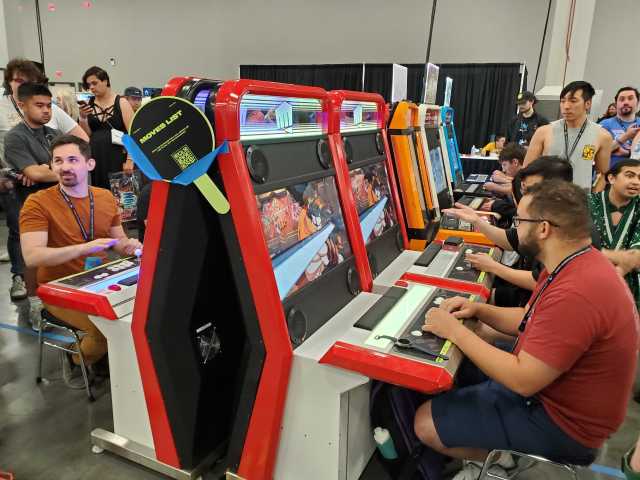
This also simplifies the whole experience a bit if you aren’t looking to truly grind the game—outside of learning some directional inputs.
Bringing a friend in as that second character lets you focus on your character’s strengths instead of having to micromanage two different movesets by yourself. This will also appeal to any toxic MOBA players out there (you know who you are) because now they will have someone to blame other than themselves when they inevitably go on a losing streak.
At a surface level, Project L will be a fun time for any League players or casuals who want to come in and try it out for a bit, but there is also plenty of gold if you are willing to dig a bit.
Tagging and movement are the core of Project L’s world
Tagging, in the words of the developers, is meant to be “busted” because it is the meat of the game, and they want it to feel like it has distinct uses that make it a strong option for every player—whether you play alone or with a partner as your second character.
Tagging comprises of:
- Assist Actions: Two actions a character can use when called from off-screen.
- These are unique to each champion and can also be charged.
- Handshake Tag: An instant tag performed when both characters are on the screen.
- Dynamic Save: A combo breaker performed by calling the assist character to disrupt the opponent.
- Can be used even if your second fighter is KO’d.
That doesn’t even touch on the Fuse system, which builds upon tags by letting players select a special mechanic at the start of a match that gives them a bonus. This includes things like the ability to combo ultimate attacks, perform multiple assists, or movement bonuses when under a certain health percentage.
It isn’t just the tagging that’s engaging, however, since the movement and defensive options give you plenty to work with too.
Wavedashing and quickly backing out of situations? Check. Wild cross-ups that will leave you holding block and praying for salvation before you get juggled into a Marvel vs. Capcom style off-the-ground combo? Check. A high-risk parry and various other ways to push pressure attacks back? Check again.
Defensive mechanics and balancing the tag system a bit are definitely areas that need work, but it feels a lot like Marvel, where your opponent needs to nail their combo strings to fully punish you even in the game’s early stages. That, however, doesn’t take away from how fresh Project L feels and its unique approach to its systems.
Final early Project L takeaways
If you want to get a feel for how Project L plays before it eventually releases, go play Power Rangers: Battle for the Grid. Some of the talent who worked on that game are now developing Project L, like NorCal FGC legend Daniel “Clockw0rk” Maniago, and it feels like the closest game on the market to the finished product Riot is aiming for.
My main takeaway from early footage still stands based on my time with Project L. This game is an impressive tag fighter that’s going to be a great way for new players to get a taste of the genre while maintaining a level of depth where high-level players will excel. Freedom of self-expression is big here and is built into every aspect of the gameplay.


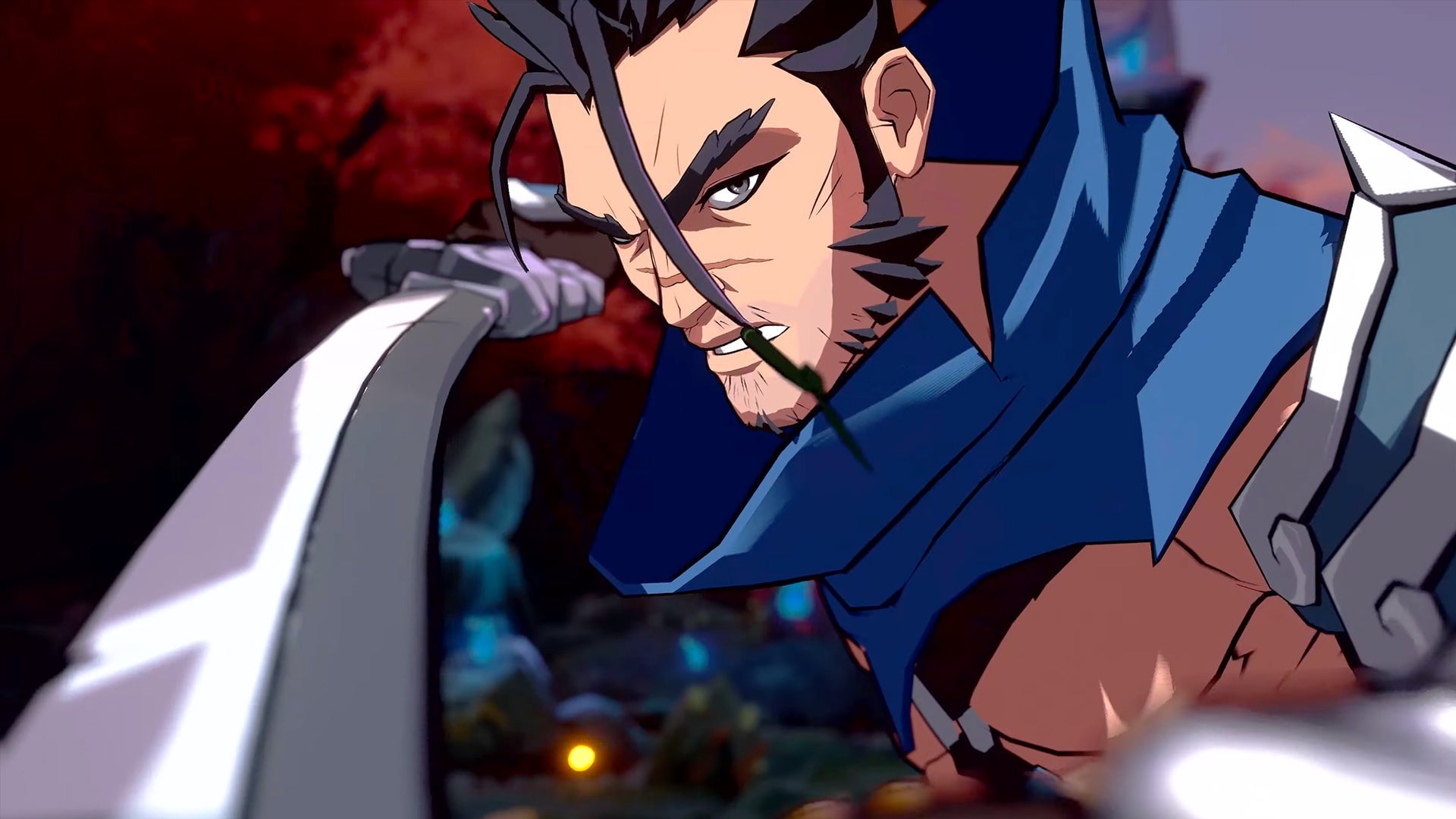
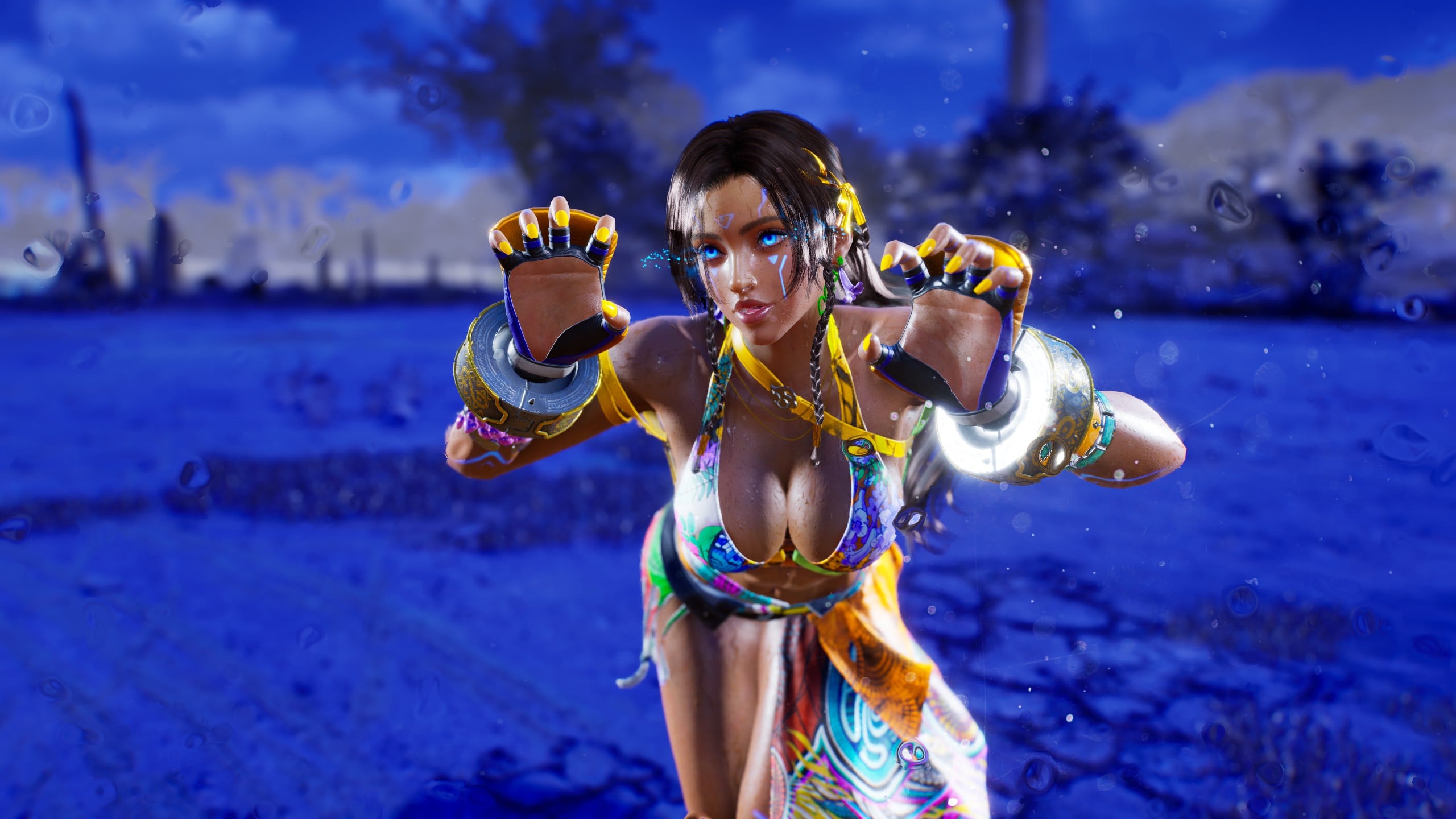

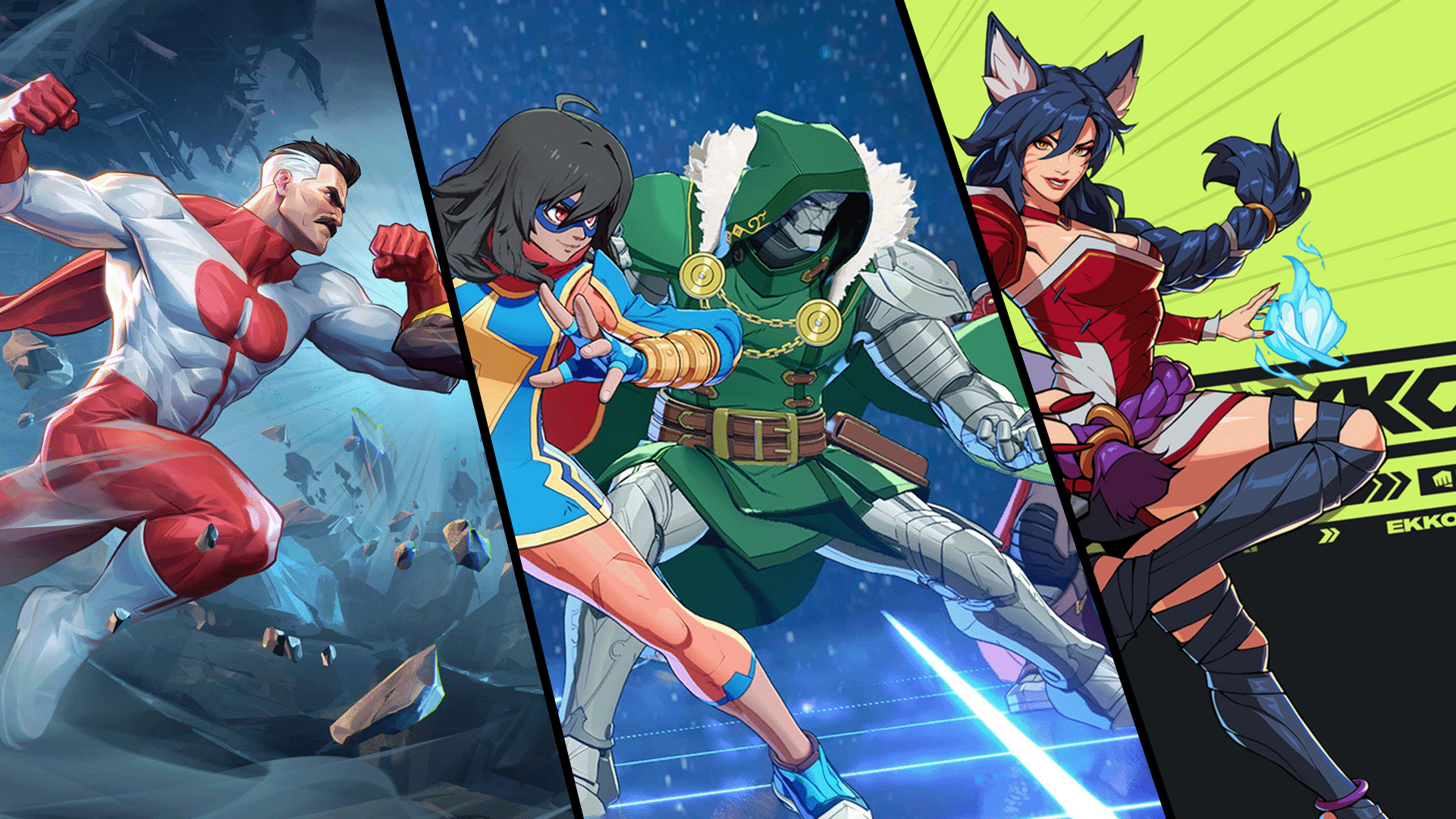
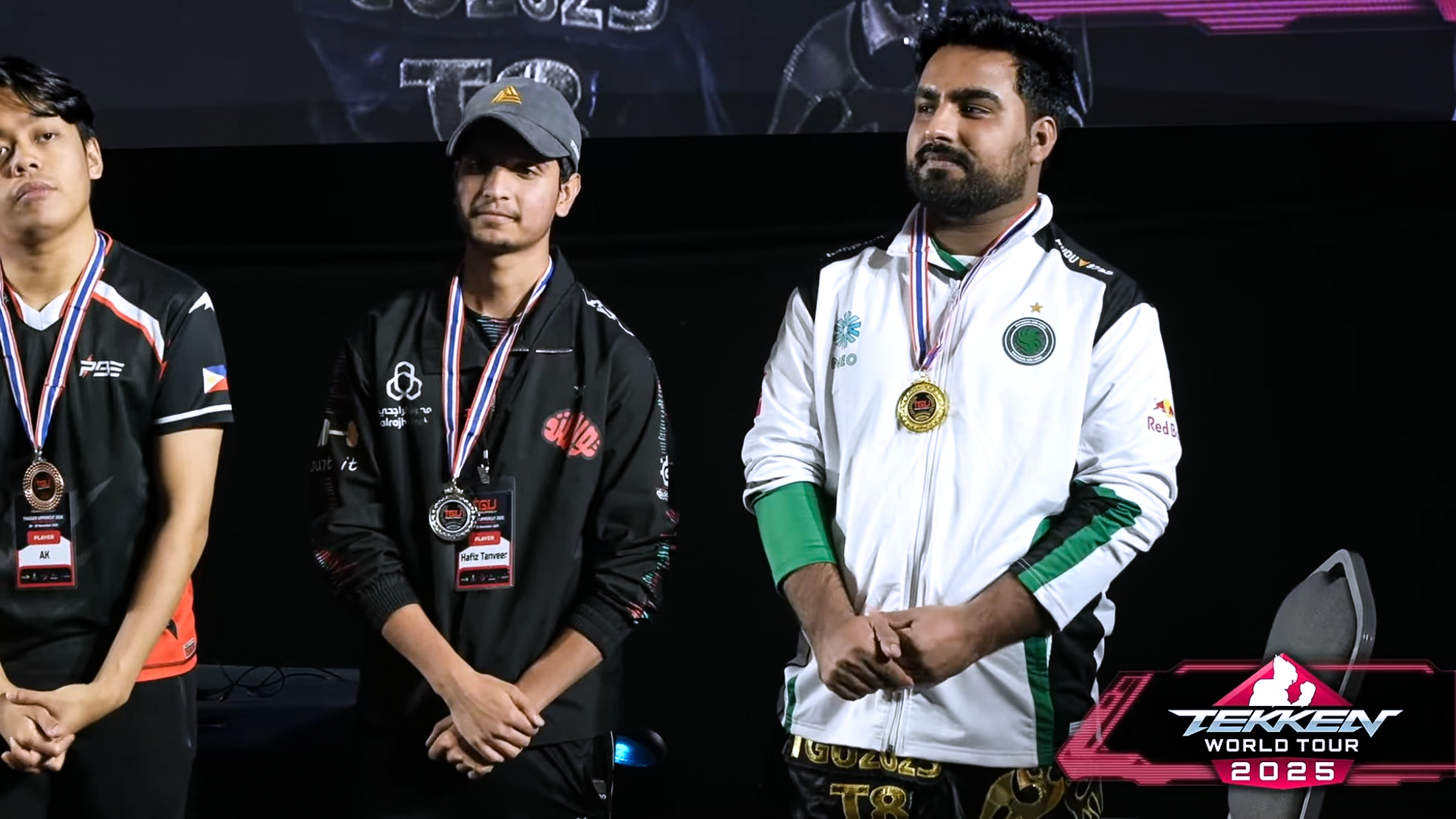
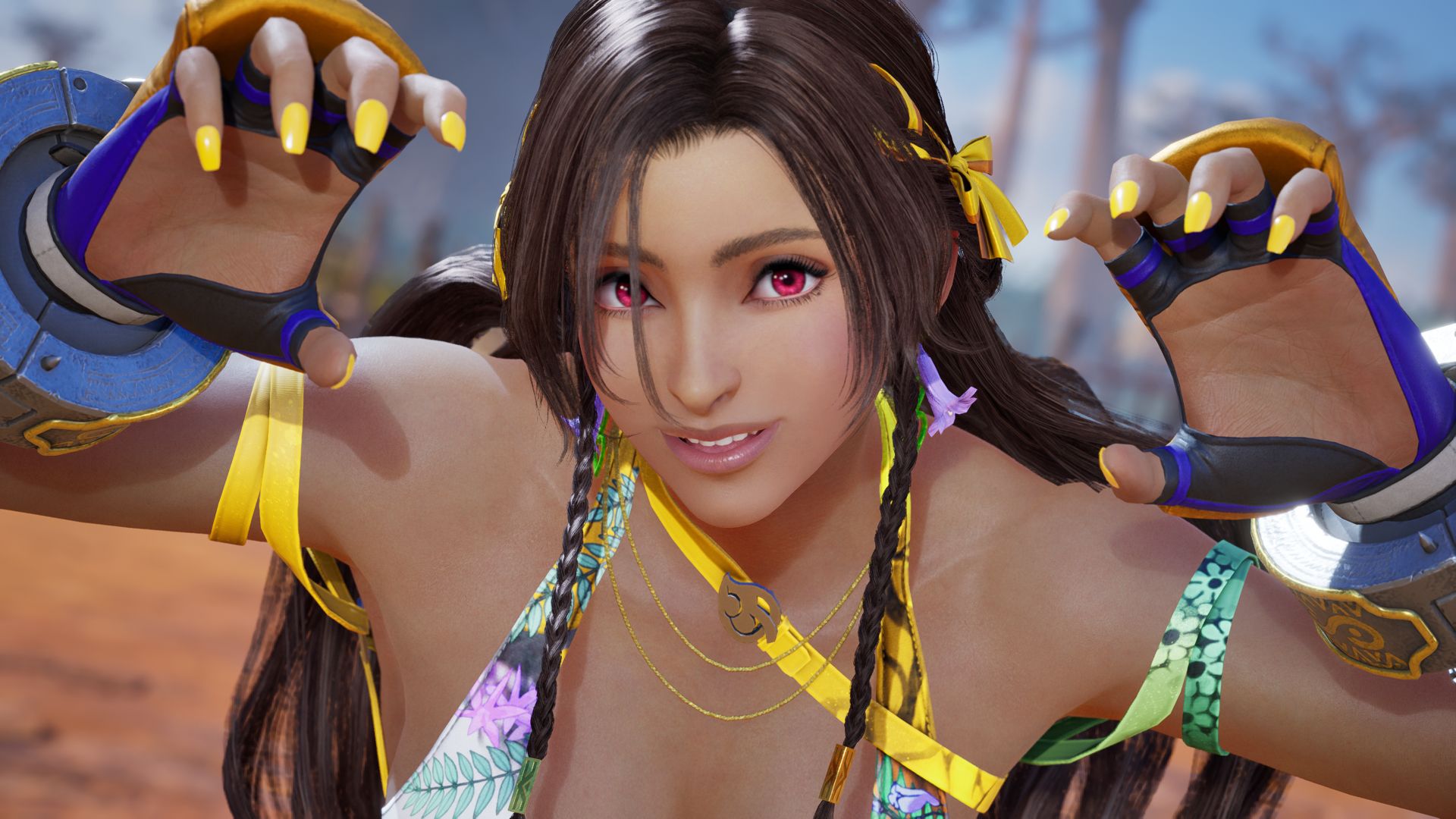
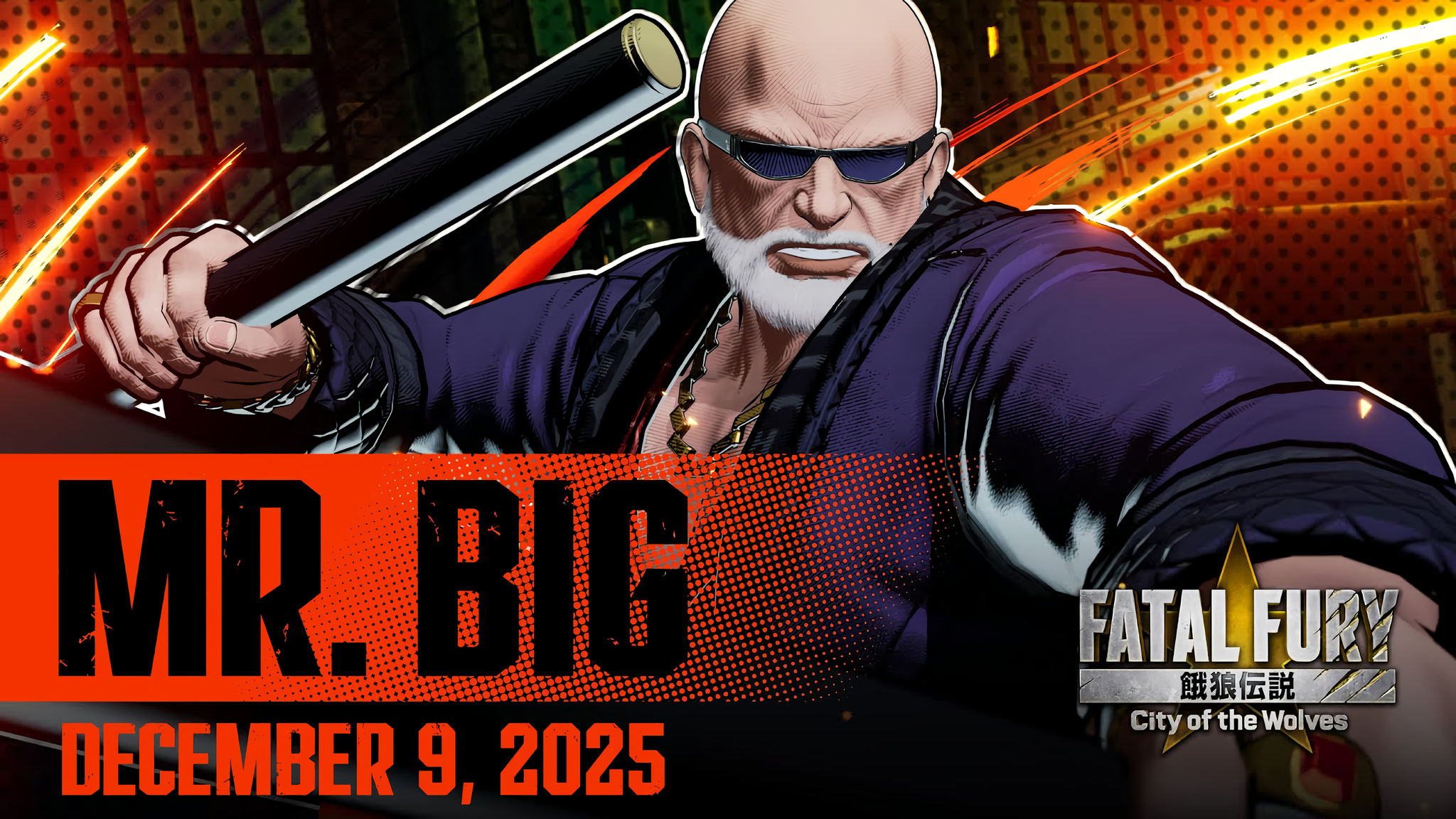
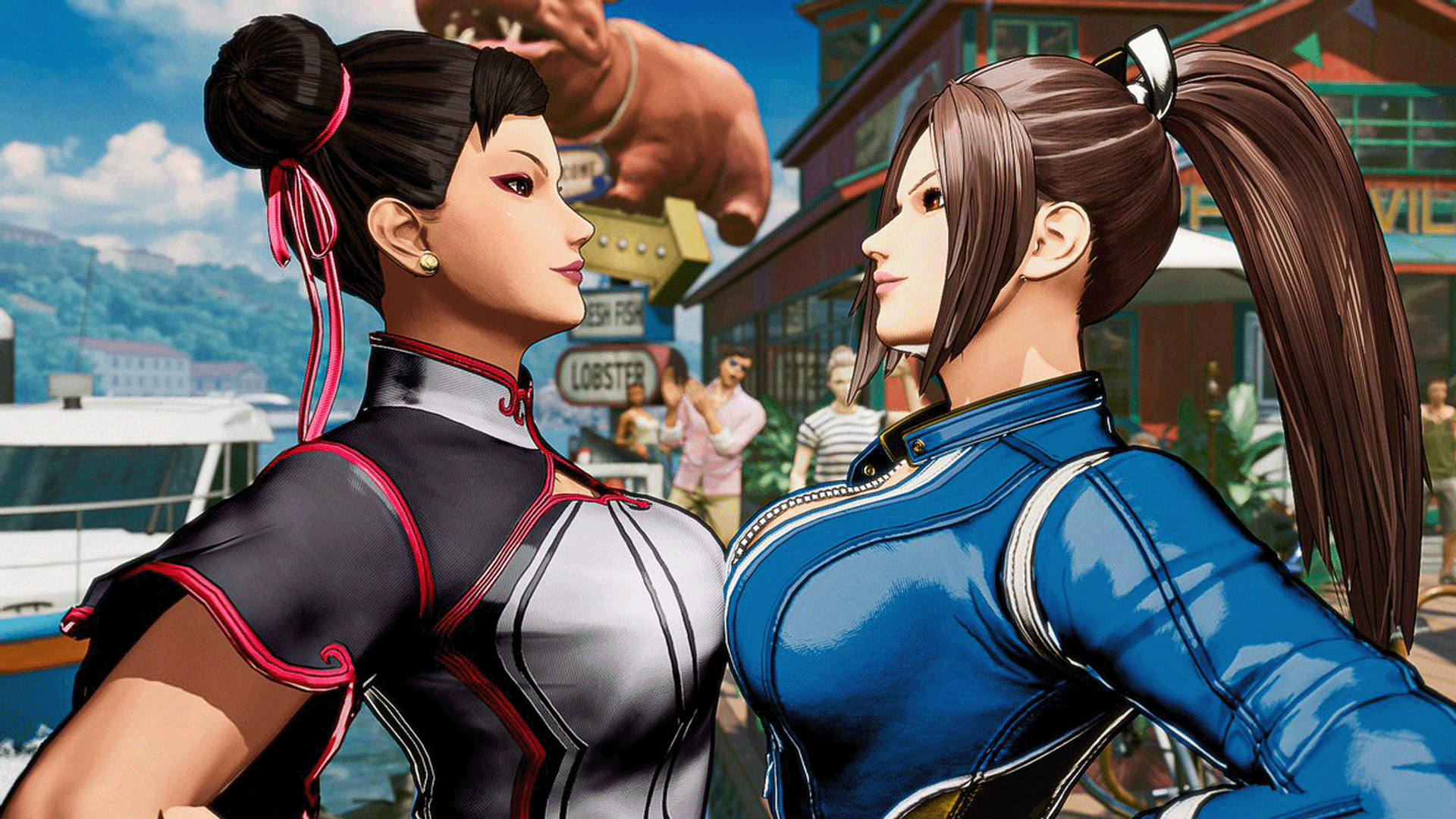
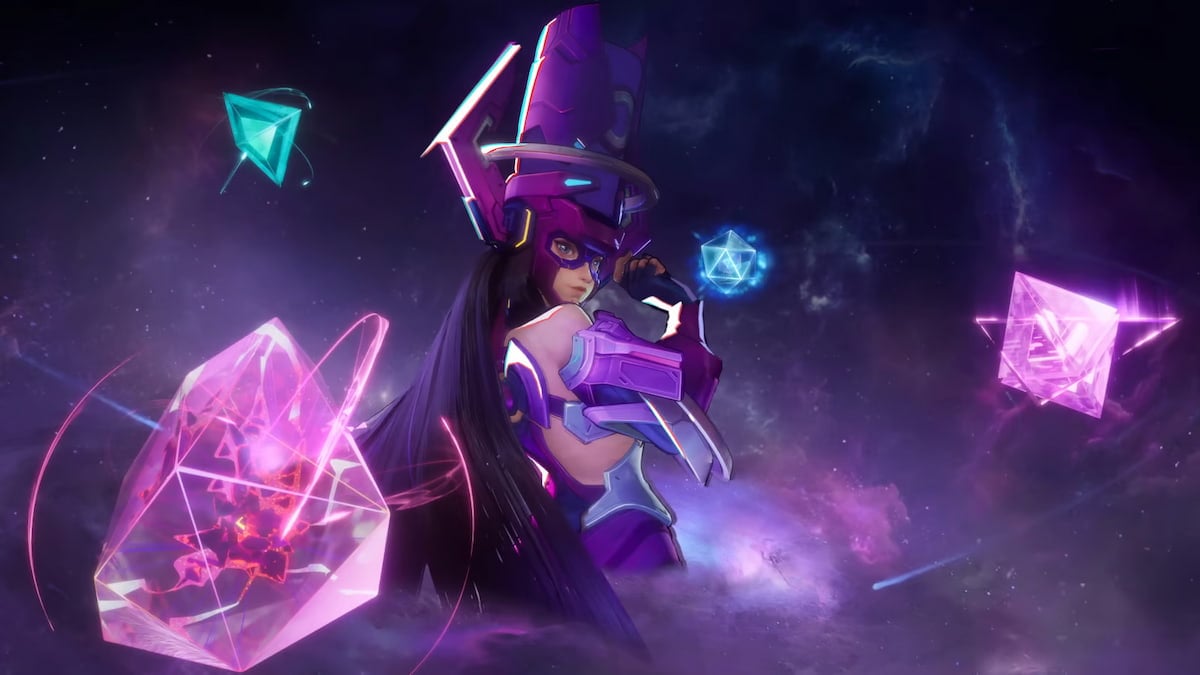
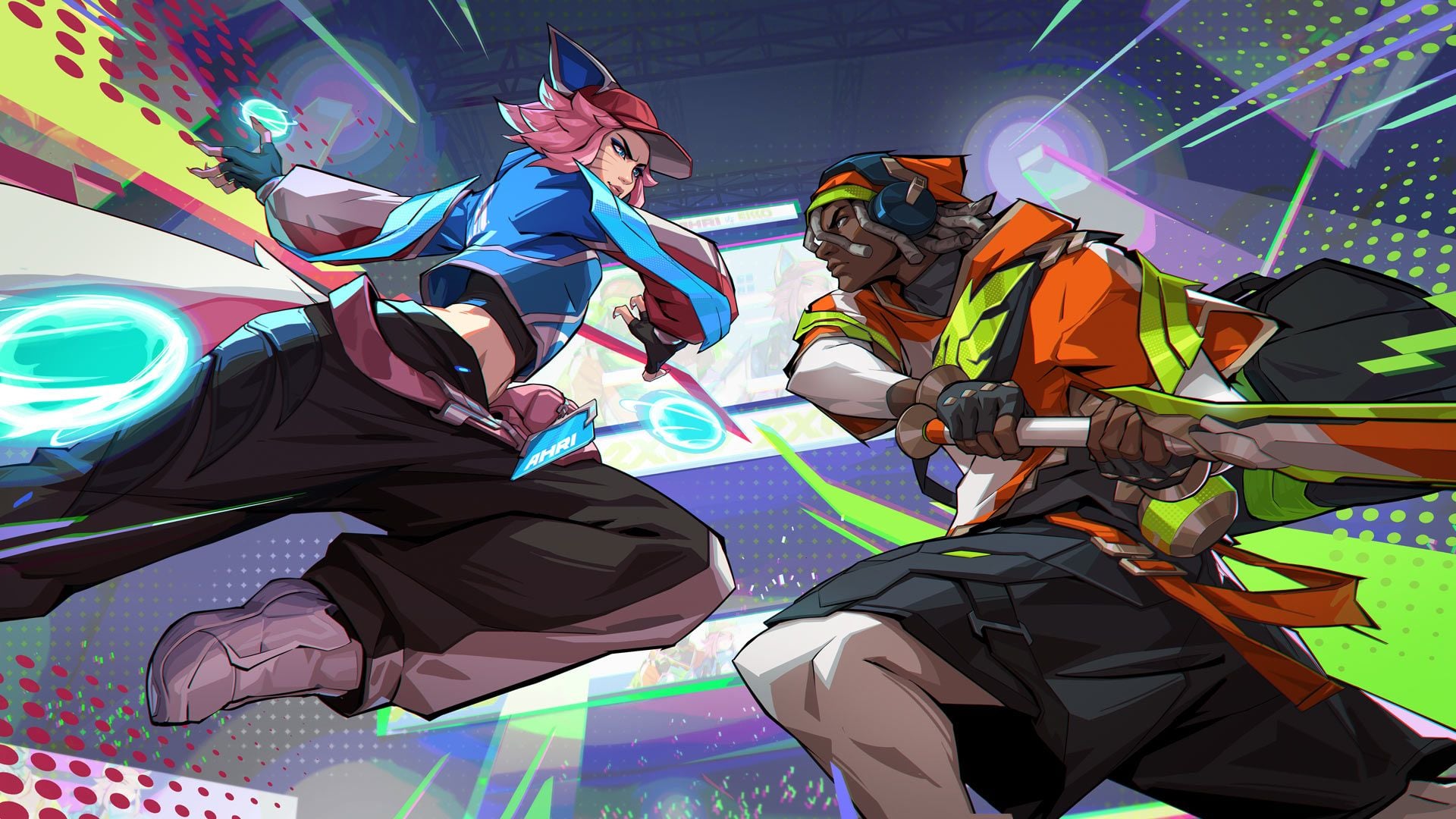

Published: Sep 12, 2023 04:17 am